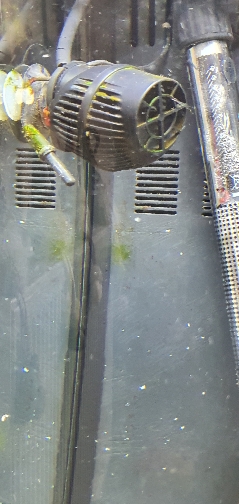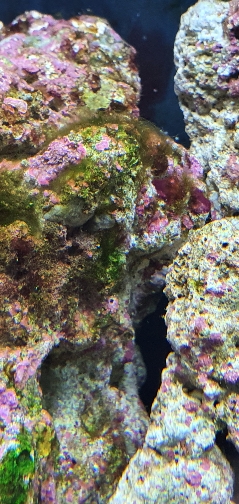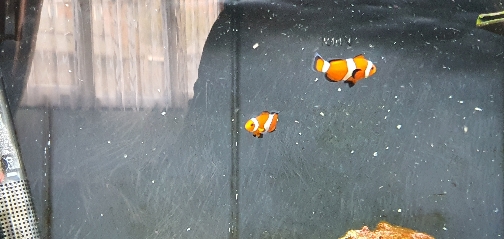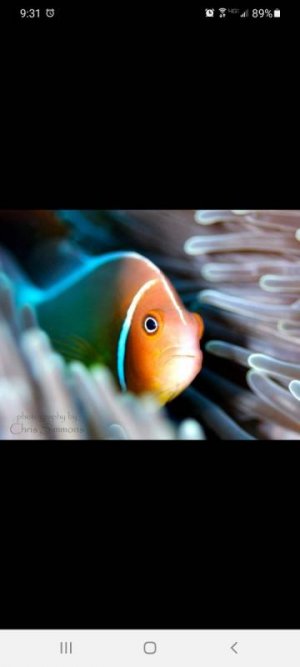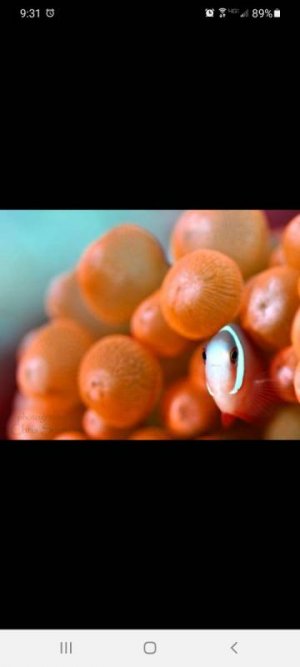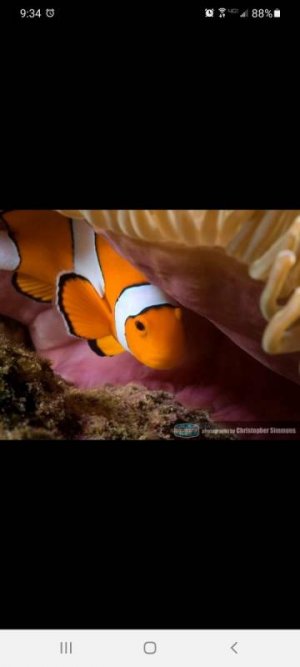Yamaxt660
New member
Hi everyone hoping some one can help with my algae issue. The tank has been up and running sine 4th December with live rock and live sand, I put fish in around second week in January (2 clowns) and stats are good. I recently put rowaphos in chamber at back and replaced lights and new skimmer. This is starting to baffle me now if anyone can suggest anything I will be more than grateful.
Sent from my SM-N975F using Tapatalk
Sent from my SM-N975F using Tapatalk


